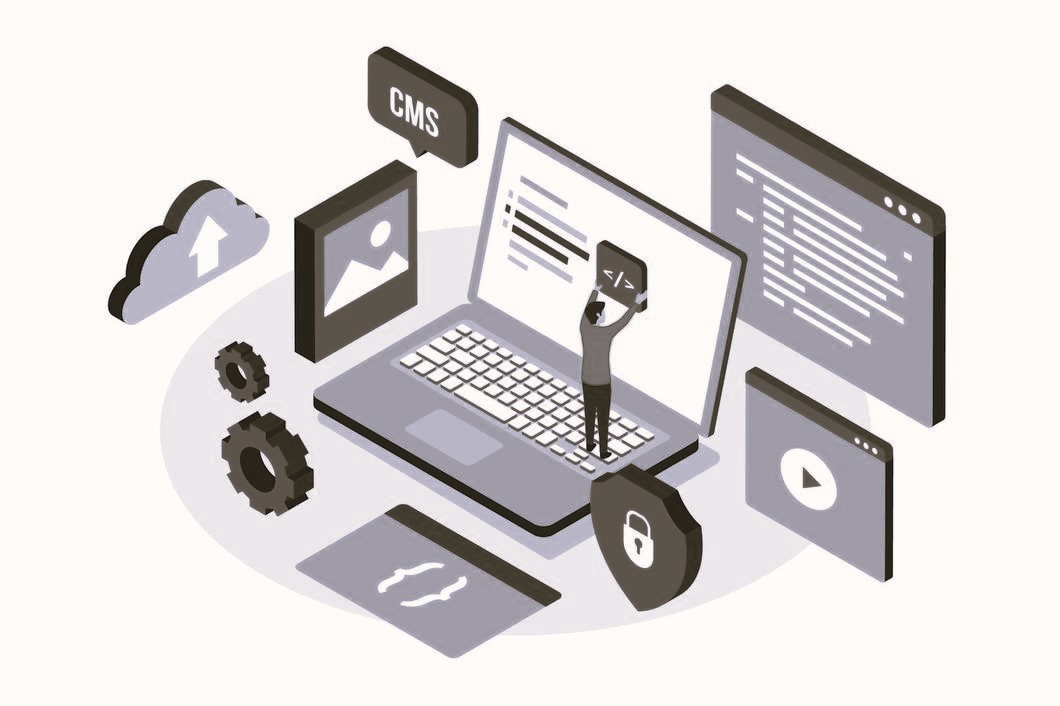
The Interplay Between Production Testing and Continuous Improvement
BlogIn the ever-evolving landscape of manufacturing, the interplay between production testing and continuous improvement is a dynamic and symbiotic relationship. Production testing, a crucial aspect of ensuring product quality and reliability, is intricately linked with the principles of continuous improvement. This article explores the symbiotic relationship between production testing and continuous improvement, highlighting how these elements work together to enhance overall manufacturing processes.
1. Understanding Production Testing:
Production testing is a systematic and comprehensive process employed in manufacturing to assess the quality, functionality, and reliability of products. It involves various testing methods, including but not limited to non-destructive testing, quality control inspections, and functional testing. The primary goal of production testing is to identify defects, ensure compliance with standards, and validate that products meet the specified criteria for safety and performance.
2. The Essence of Continuous Improvement:
Continuous improvement, often synonymous with methodologies such as Lean manufacturing and Six Sigma, is a philosophy that revolves around ongoing efforts to enhance processes, eliminate waste, and drive efficiency. It is a systematic approach to incremental and sustainable improvement that involves all levels of an organization. Continuous improvement aims to optimize workflows, reduce defects, and ultimately enhance customer satisfaction by delivering high-quality products consistently.
3. Feedback Loop:
The relationship between production testing and continuous improvement operates as a feedback loop within the manufacturing ecosystem. Production testing generates valuable data and insights into the performance of products and the effectiveness of testing processes. This data, when analyzed, becomes a crucial input for continuous improvement initiatives.
For example, if production testing identifies recurring defects in a specific product component, this information becomes the starting point for a continuous improvement project. The focus shifts to understanding the root causes of the defects, implementing corrective measures, and iterating on the testing process to prevent similar issues in the future.
4. Root Cause Analysis:
Continuous improvement, a cornerstone of which is root cause analysis, plays a pivotal role in refining production testing processes. When defects or deviations are identified through testing, the next step is to delve into the root causes of these issues. This involves a systematic investigation to uncover the underlying factors contributing to the defects.
The insights gained from root cause analysis inform adjustments to production testing procedures, whether it be refining testing parameters, improving equipment calibration, or enhancing the training of testing personnel. This iterative process is essential for preventing the recurrence of issues and continuously elevating the effectiveness of production testing.
5. Optimizing Testing Processes:
Continuous improvement initiatives extend to optimizing testing processes themselves. This may involve streamlining workflows, introducing automation where applicable, and leveraging advanced technologies to enhance the efficiency and accuracy of production testing. The optimization of testing processes, in turn, contributes to quicker turnaround times, reduced costs, and increased overall manufacturing efficiency. Key performance indicators for production testing, more details in the article Measuring success.
6. Employee Involvement and Training:
The human element is critical in the interplay between production testing and continuous improvement. Employees involved in production testing play an active role in both identifying issues and contributing to improvement initiatives. Continuous improvement fosters a culture of collaboration, encouraging employees to share insights, propose innovative solutions, and actively participate in training programs aimed at refining testing skills.
7. Data-Driven Decision-Making:

Both production testing and continuous improvement rely heavily on data-driven decision-making. Production testing generates vast amounts of data regarding product quality, defect rates, and testing outcomes. Continuous improvement initiatives leverage this data to identify patterns, trends, and areas for enhancement. The synergy between these two processes ensures that decisions regarding testing methodologies, process adjustments, and quality standards are informed by empirical evidence.
Linking to Standards:
The interplay between production testing and continuous improvement aligns seamlessly with industry standards that emphasize quality management and adherence to best practices. Standards provide a framework for testing protocols and continuous improvement methodologies. For more information on standards in Canada, you can refer to authoritative sources such as Canada.ca.
Conclusion: Elevating Manufacturing Excellence
In the intricate dance between production testing and continuous improvement, manufacturers find the pathway to excellence. Production testing serves as the sentinel, identifying deviations and ensuring the integrity of products. Continuous improvement, as the driving force, capitalizes on the insights gained from testing to refine processes, optimize workflows, and foster a culture of excellence.
The continuous pursuit of improvement is embedded in the DNA of manufacturing organizations that recognize the synergy between testing and enhancement. By leveraging the data generated through testing, organizations can propel themselves toward higher quality standards, reduced defects, and increased customer satisfaction. In turn, the refined testing processes contribute to the ongoing cycle of improvement, creating a symbiotic relationship that underpins manufacturing success in an ever-changing global landscape.
Recent Posts
- The Role of Data Analytics in Optimizing Production Testing Processes
- Measuring Success: Key Performance Indicators for Production Testing
- The Interplay Between Production Testing and Continuous Improvement
- The Importance of Training and Skill Development in Production Testing Teams
- Strategies for Minimizing Downtime During Production Testing

